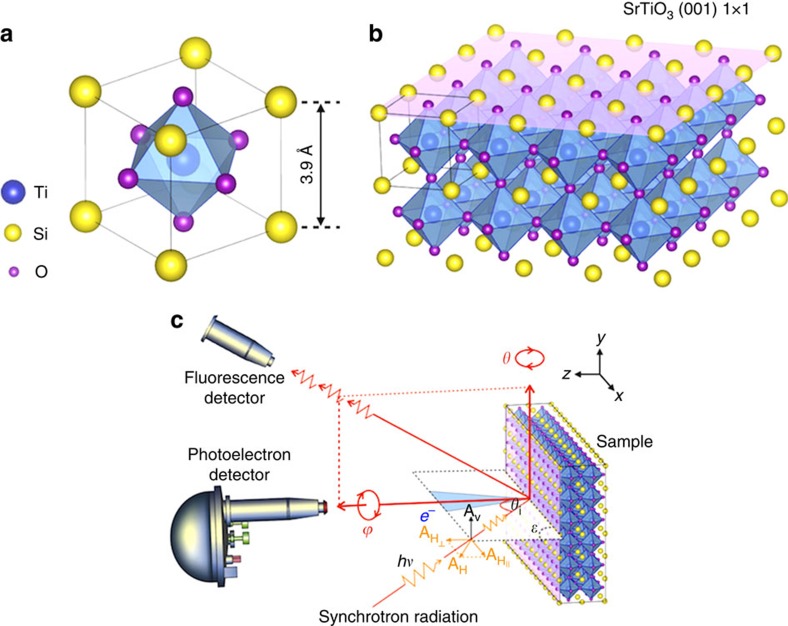Figure 1. Lattice structure of SrTiO3 and measurement geometry.
(a) The cubic unit cell, with the TiO6 octahedron shown as magenta surfaces. O atoms at O1 cites have Ti–O bonds along z direction, while O2 cites have Ti–O bonds parallel to the x–y plane. (b) A 4 × 4 × 2 block of unit cells. The top layer shown in light purple indicates the (001) surface. (c) Experimental geometry for XAS and ARPES measurements. AH(AV) is the vector potential of the incident light with linear horizontal (vertical) polarization; θ and φ denote the polar and azimuthal degree of freedom and θi is the polar angle of incidence. The analyser slits permit photoelectron detection along the x axis. For all different θ, the incident photon momentum, the photoelectron momentum and the surface normal lie on the same plane (ɛ). For all the ARPES data, we set the θi∼75°, very close to the grazing angle, to enhance the surface contribution. We use linear horizontal polarization (LH). The beam polarization is even to the scattering plane. According to the matrix element effect (MEE), only orbitals with even symmetry respect to the scattering plane can be excited and detected.

